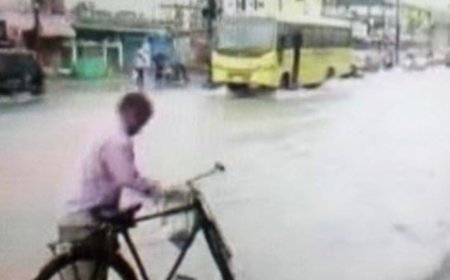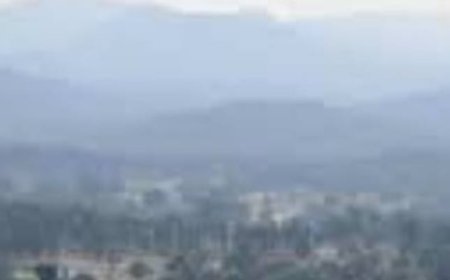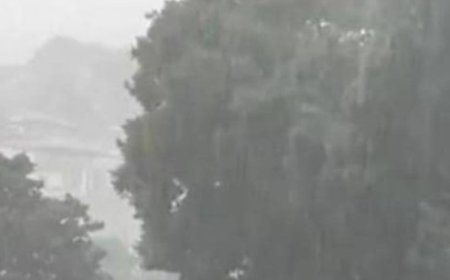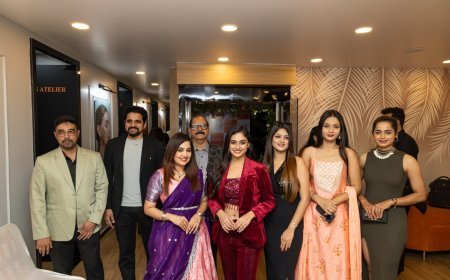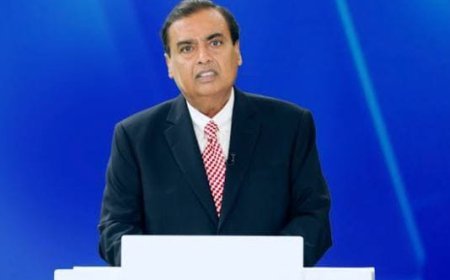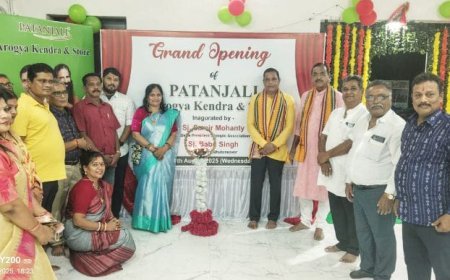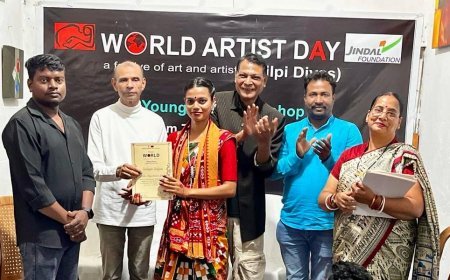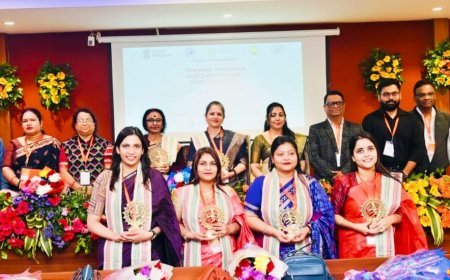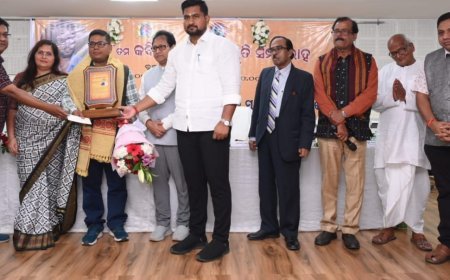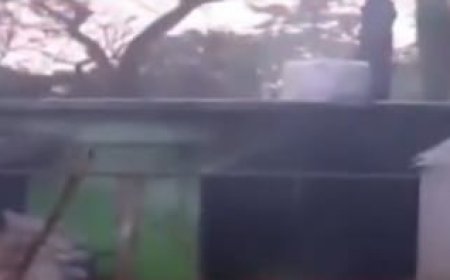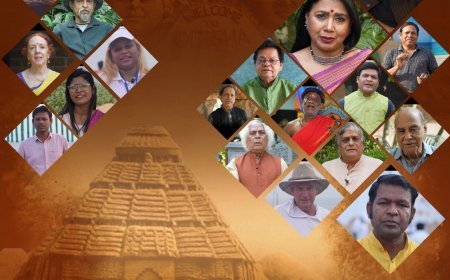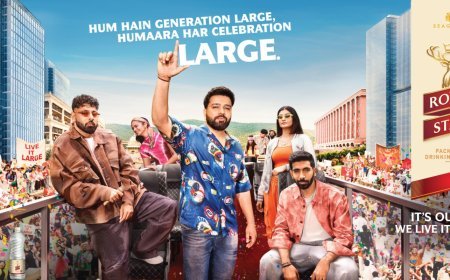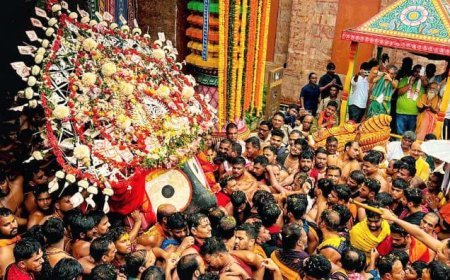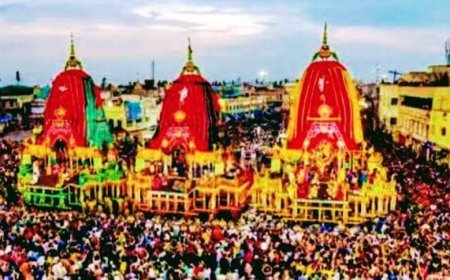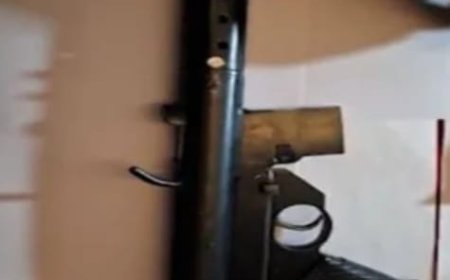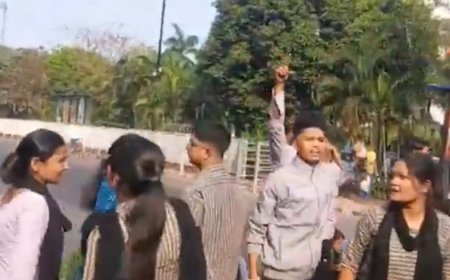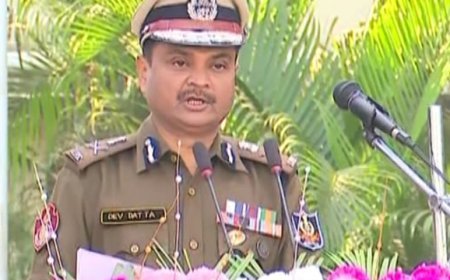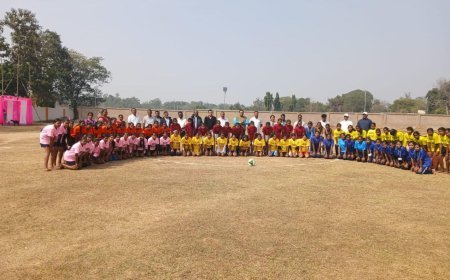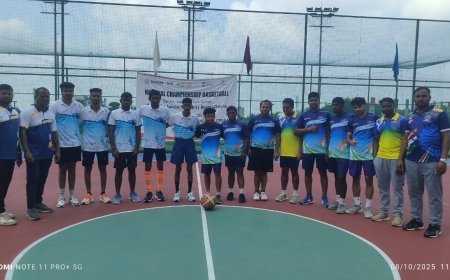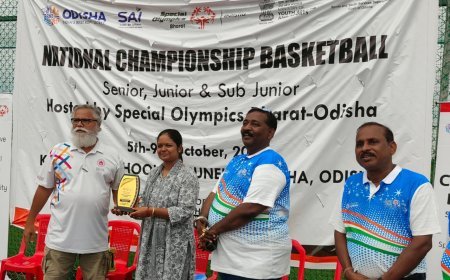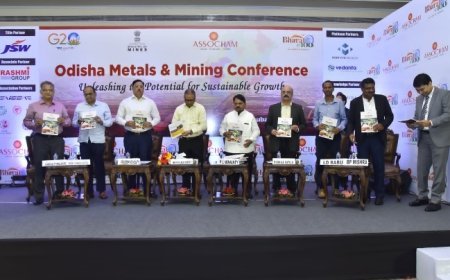Sundargarh: A Town of Legacy at the Crossroads of Transformation
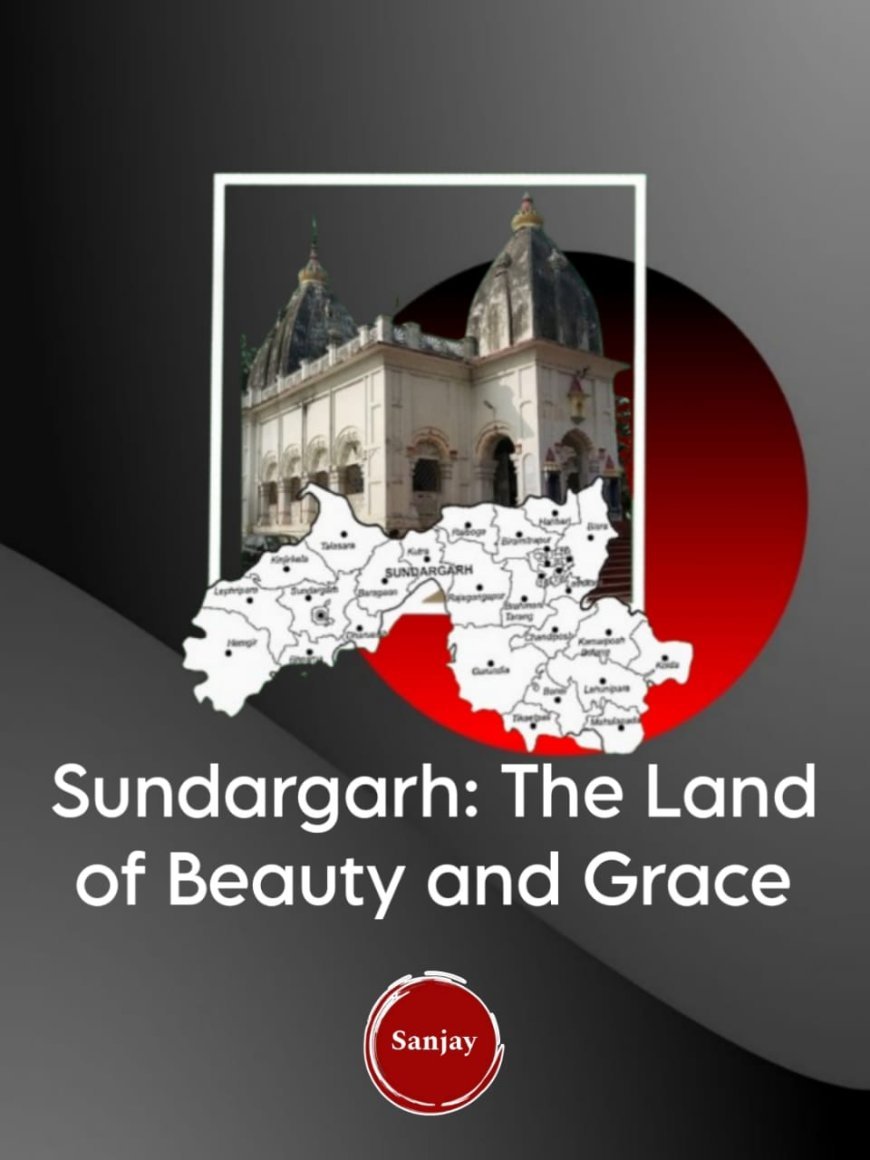
Sundargarh, the historic capital of the princely state of Gangpur, is not just a place—it is an emotion, a symbol of legacy, and a land that breathes history and resilience. The visionary kings of this region did not merely govern; they dreamt of a town that would blend heritage with progress. Their dream is still visible in the grand architectural marvels—the Collectorate Building, District Headquarters Hospital (DHH), B.S. High School, and the iconic Biramitra Memorial Gate and many more. These are not just structures; they are stories carved in stone, echoing the town’s glorious past.
Yet today, this town stands at a crossroads—between preserving its legacy and embracing the demands of the modern world.
Ecological Wisdom Ignored: The Tale of Neglected Ponds
The kings of Gangpur built not only buildings but ecosystems. The construction of multiple ponds across the region was a masterstroke in ecological foresight—designed to recharge groundwater, maintain the environment, and ensure water security. The Bijuli Bandh, a once-pristine water body in the heart of Sundargarh, now lies in despair. Despite the renovation project launched on 11th October 2020, five years have passed, and yet the restoration remains unfinished.
Other ponds have met a worse fate—transformed into dumping grounds, choking under the weight of neglect. It is a tragic irony that while rainwater harvesting is widely discussed in theory, its practical implementation remains missing—even in government buildings. Isn't it time to walk the talk? Charity begins at home, and what better place to begin than our own official premises? With District Mineral Foundation (DMF) funds at our disposal, lack of funding can no longer be an excuse for inaction. What we lack is not resources, but resolve.
Urban Chaos: Vendors Without a Home
As the town expands, planning seems to lag behind. Local farmers and vendors, many from surrounding villages, are forced to sell their produce along the roadside—from Hospital Chowk to Samlei Mandir Chowk—creating congestion and posing safety hazards for commuters and pedestrians. While their spirit of self-reliance is admirable, they deserve a dignified space to sell their goods. Properly designed vending zones, marketplaces, and shelters should be prioritized to support their livelihoods without compromising the city’s flow.
Similarly, meat, fish, and poultry markets need to be relocated outside residential areas for the sake of hygiene and civic sensibilities. Such infrastructural shifts not only uplift public health but also enhance urban aesthetics.
Development Delayed: Roads, Bridges, and Public Patience
Progress is only visible when it touches people’s lives—and in Sundargarh, that visibility is marred by delay. Vital roads, such as the stretch from Rangadhipa Chowk to Government College and Hospital Road, remain unfinished, causing daily inconvenience. Though projects like the Ring Road and the High-Level Bridge over the Ib River (connecting Mahadevpada to Lemlema) have been sanctioned, public awareness and engagement remain minimal.
Waterlogging is another recurring crisis that worsens every monsoon. The time to act is now— not when rain floods our homes. An underground sewerage system is no longer a luxury but a necessity. We must rise above seasonal outcries and work on preventive infrastructure, not just reactive measures.
A Beacon of Medical Education and Future Opportunities
Amidst these concerns, Sundargarh has taken a promising step with the establishment of the Government Medical College and Hospital (GMCH). The commencement of MBBS courses marks a milestone, but we must aim higher. Postgraduate (PG) programs, specialty wards, and research facilities are the need of the hour. There is ample government land near the Medical College, and strategic development can include a multistoreyed complex housing a Trauma Centre, Blood Bank, ATM, Mall, Recreation Centre, and other essential services. A visionary plan can also accommodate PG hostels, an auditorium, and a cafeteria, coordinated in consultation with the C.D.O. & E.O., Zilla Parishad, and R&B officials.
A Call for a Central Tribal University in Sundargarh: Honoring Heritage, Empowering Communities
With over 50% of the population belonging to Scheduled Tribes, including 13 Vulnerable Tribal Groups (VTGs), Sundargarh is a living repository of tribal knowledge, culture, and talent. Yet, it remains devoid of a Central Tribal University—an institution that could serve as a lighthouse for generations to come.
This university could:
- Empower tribal youth through accessible higher education.
- Preserve indigenous languages, traditions, and history.
- Stimulate economic development through job creation and infrastructure.
Serve as an academic hub for neighboring tribal regions across Odisha, Jharkhand, Chhattisgarh, and West Bengal.
The cradle of hockey—home to legends like Dilip Tirkey, Amit Rohidas, and Jyoti Sunita Kullu—deserves to be a cradle of learning too. The contributions of luminaries such as Late Ignace Majhi and Padma Shri Dr. Mukut Minz are reminders of the heights Sundargarh’s children can reach—with the right opportunities.
Citizen Responsibility: From Rights to Action
As citizens of Sundargarh, our duties go beyond voting or complaining. Patriotism doesn’t always mean protesting at Ramlila Maidan or Jantar Mantar. Sundargarh is our Ramlila Maidan, and every small act of responsibility here is a service to the nation.
Let’s:
Support sustainable initiatives like rainwater harvesting.
Respect and maintain public infrastructure.
Demand accountability from officials—but also contribute through volunteering, awareness drives, and civic participation.
Educate ourselves and others about our rights and responsibilities.
The Way Forward: A Collective Dream
Sundargarh does not lack potential—it lacks a unified vision. From heritage conservation to ecological restoration, from urban planning to academic excellence, the roadmap is clear. What remains is our collective will.
Let us rise—not just in protest, but in purpose. Let us speak—not only of problems, but of solutions. Let us act—not merely for ourselves, but for the generations to come.
Sundargarh deserves better and it begins with us
Sanjay Pattnayak
Sundargarh

